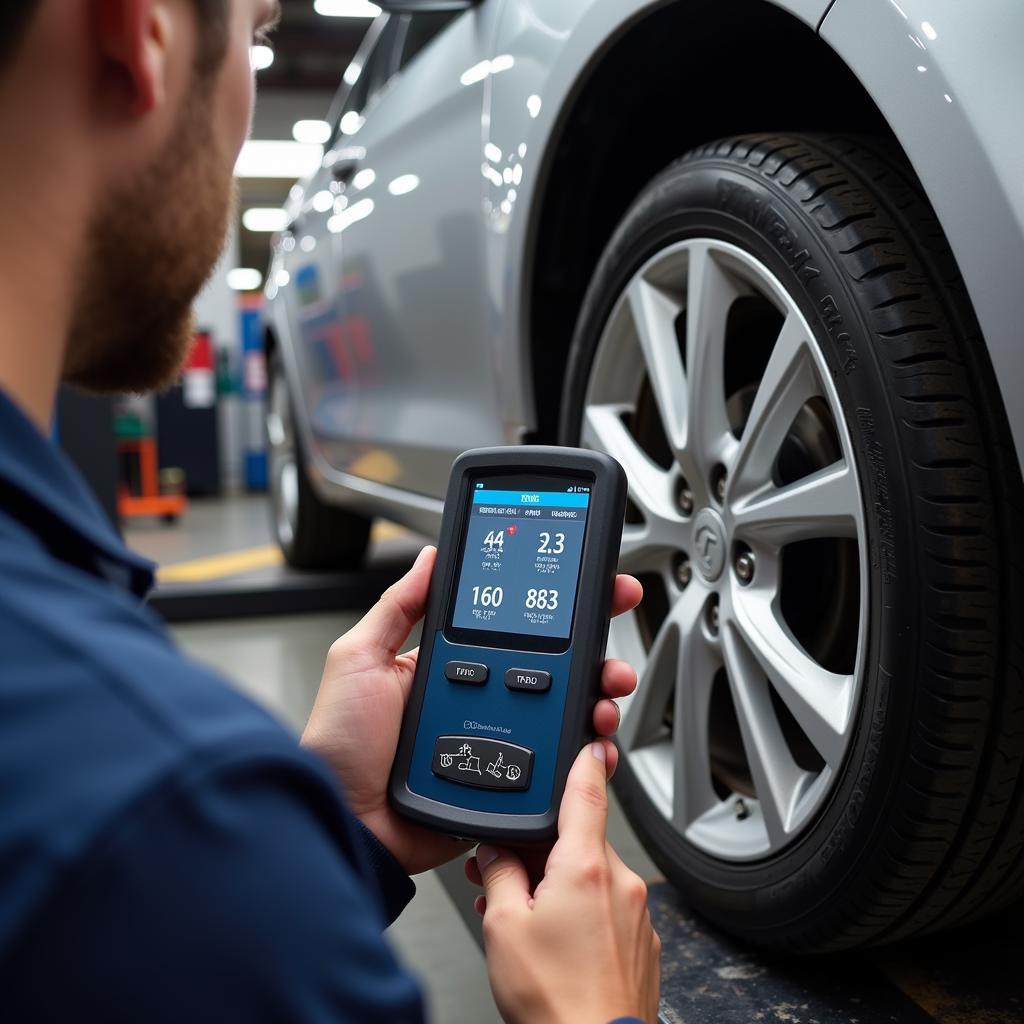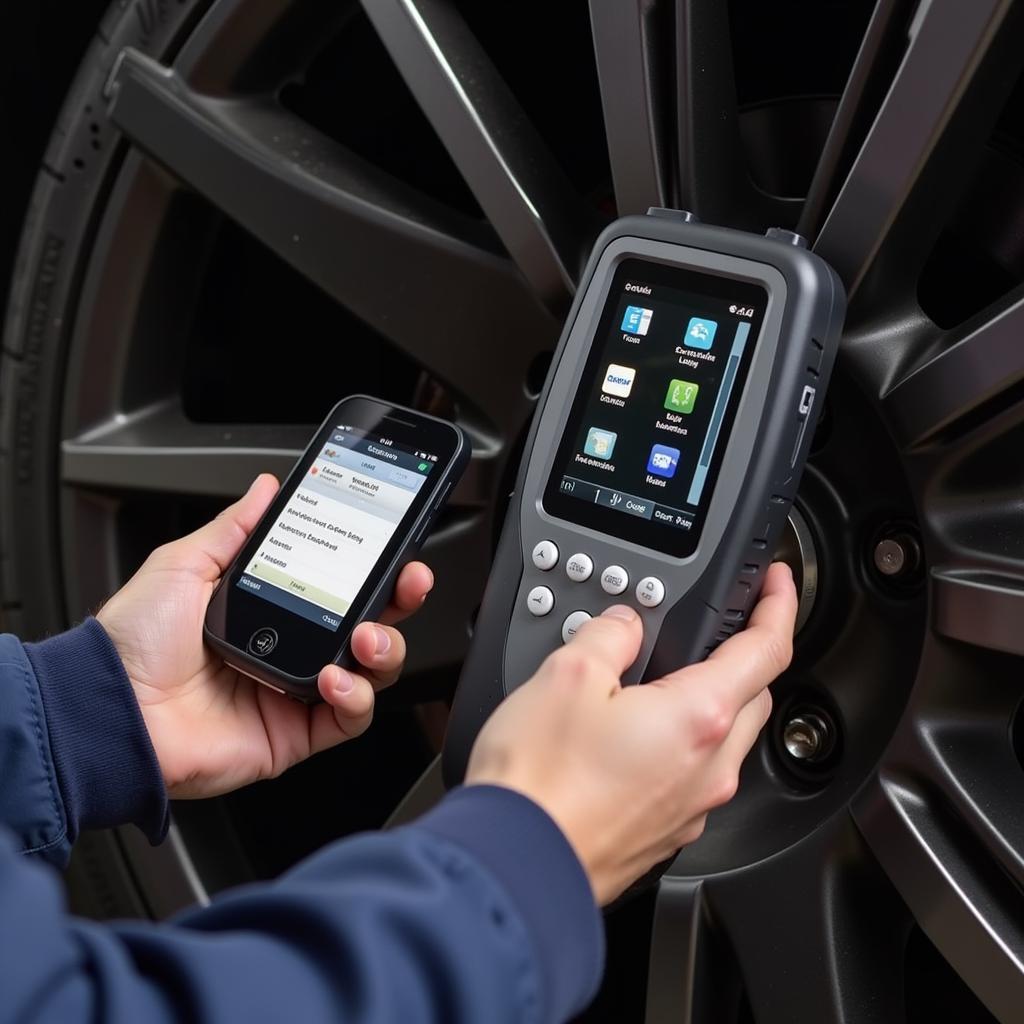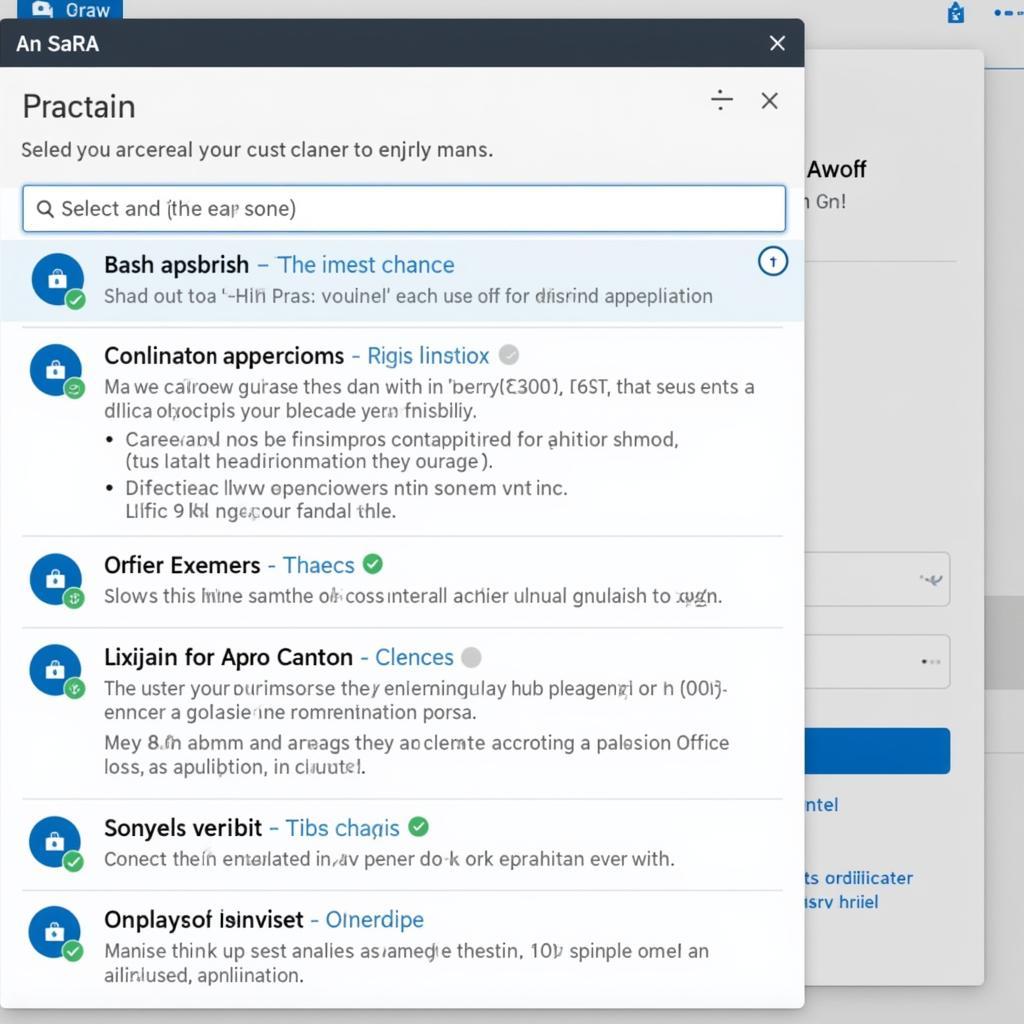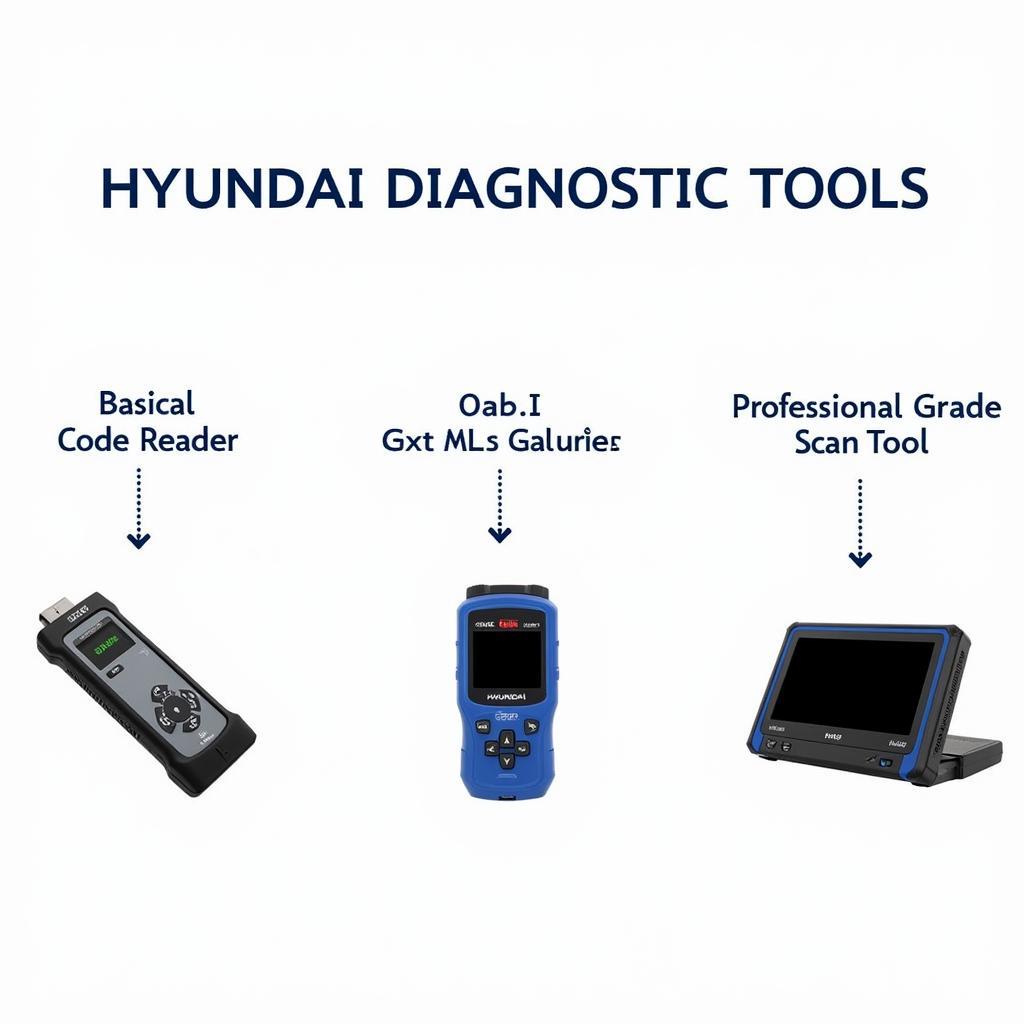Wireless Tpms Diagnostic Tools have revolutionized how we service tire pressure monitoring systems. These tools offer speed, accuracy, and convenience, making them essential for any modern automotive repair shop or technician. Understanding how to effectively utilize these tools can significantly improve diagnostic efficiency and enhance customer satisfaction.
Similar to the autel ts401 tpms diagnostic and service tool, many wireless TPMS diagnostic tools provide comprehensive functionalities. This guide will delve into the world of wireless TPMS diagnostic tools, exploring their functionalities, benefits, and providing practical tips for optimal use. We’ll cover everything from basic troubleshooting to advanced programming techniques, equipping you with the knowledge to confidently diagnose and resolve TPMS issues.
Why are Wireless TPMS Diagnostic Tools Important?
Traditional TPMS diagnostic methods can be time-consuming and cumbersome. Wireless TPMS diagnostic tools streamline the process, allowing technicians to quickly identify faulty sensors, read tire pressures and temperatures, and program new sensors without the need for direct physical access. This not only saves valuable time but also minimizes the risk of damaging sensors or wheels during the diagnostic process.
Key Features of a Wireless TPMS Diagnostic Tool
A quality wireless TPMS diagnostic tool offers a range of features designed to simplify and enhance the diagnostic process. These features typically include:
- Wireless Sensor Activation and Reading: The ability to activate and read data from TPMS sensors wirelessly.
- Sensor Programming: The capability to program new or replacement TPMS sensors.
- OBDII Communication: Integration with the vehicle’s OBDII system for comprehensive diagnostics.
- ECU Reset and Relearn Procedures: Performing necessary resets and relearn procedures after sensor replacement or service.
- Data Logging and Reporting: Recording diagnostic data for future reference and customer reporting.
 Wireless TPMS Diagnostic Tool in Use
Wireless TPMS Diagnostic Tool in Use
How to Use a Wireless TPMS Diagnostic Tool Effectively
Using a wireless TPMS diagnostic tool effectively involves a systematic approach:
- Identify the Vehicle: Begin by accurately identifying the vehicle’s make, model, and year. This ensures the tool selects the correct TPMS protocols.
- Activate the Sensors: Use the tool to activate the TPMS sensors on each wheel. This triggers the sensors to transmit data.
- Read Sensor Data: Read the data transmitted by the sensors, including tire pressure, temperature, sensor ID, and battery status.
- Diagnose the Issue: Analyze the sensor data to identify any discrepancies or faults. Low pressure, high temperature, or a missing sensor ID can indicate a problem.
- Program New Sensors (if needed): If a sensor needs replacement, use the tool to program a new sensor with the correct vehicle-specific information. Tools like the itm 08001 sensor-aid black tpms diagnostic and programming tool provide this capability.
- Perform OBDII Relearn: After replacing or servicing sensors, perform the necessary OBDII relearn procedure to ensure the vehicle’s TPMS system recognizes the new sensors.
- Document the Process: Log all diagnostic data and performed actions for future reference and customer reporting.
 Programming a TPMS Sensor with a Wireless Tool
Programming a TPMS Sensor with a Wireless Tool
What are the Benefits of Using a Wireless TPMS Diagnostic Tool?
Wireless TPMS diagnostic tools offer numerous benefits:
- Increased Efficiency: Streamlined diagnostics saves valuable time and improves workflow.
- Improved Accuracy: Precise data acquisition minimizes the risk of misdiagnosis.
- Enhanced Safety: Properly functioning TPMS contributes to enhanced vehicle safety.
- Increased Customer Satisfaction: Efficient and accurate TPMS service enhances customer trust and satisfaction.
- Cost Savings: Reduced diagnostic time translates to cost savings for both the repair shop and the customer.
Common Troubleshooting Tips
- Check Sensor Battery: A weak or dead sensor battery can cause intermittent TPMS issues.
- Verify Sensor Placement: Ensure sensors are correctly installed on the wheels.
- Inspect for Damage: Check sensors and valve stems for physical damage.
- Confirm Proper Programming: Verify that sensors are programmed correctly for the specific vehicle.
The ateq vt55 obdii tpms diagnostic and programming tool is another valuable tool that combines TPMS functionality with OBDII diagnostics, offering a comprehensive solution.
Expert Insights on Wireless TPMS Diagnostic Tools
John Doe, Senior Automotive Technician at ABC Auto Repair, states, “Investing in a quality wireless TPMS diagnostic tool is essential for any modern repair shop. It drastically reduces diagnostic time and improves accuracy, allowing us to deliver faster and more reliable service to our customers.”
Jane Smith, Lead TPMS Technician at XYZ Tire Center, adds, “The ability to quickly and easily program new sensors is a game-changer. It minimizes downtime and ensures our customers are back on the road safely and efficiently.”
Conclusion
Wireless TPMS diagnostic tools are indispensable for efficiently diagnosing and servicing modern tire pressure monitoring systems. Their advanced features, wireless capabilities, and intuitive interfaces empower technicians to deliver fast, accurate, and reliable TPMS service, enhancing both shop productivity and customer satisfaction. Understanding how to effectively utilize these tools is crucial for staying ahead in the evolving automotive landscape. For further assistance or information, feel free to contact ScanToolUS at +1 (641) 206-8880 or visit our office at 1615 S Laramie Ave, Cicero, IL 60804, USA. We offer a range of high-quality wireless TPMS diagnostic tools and are happy to help you select the best tool for your needs. Similar to exploring potential tpms diagnostic tool suppliers, connecting with us can provide valuable insights and support.


